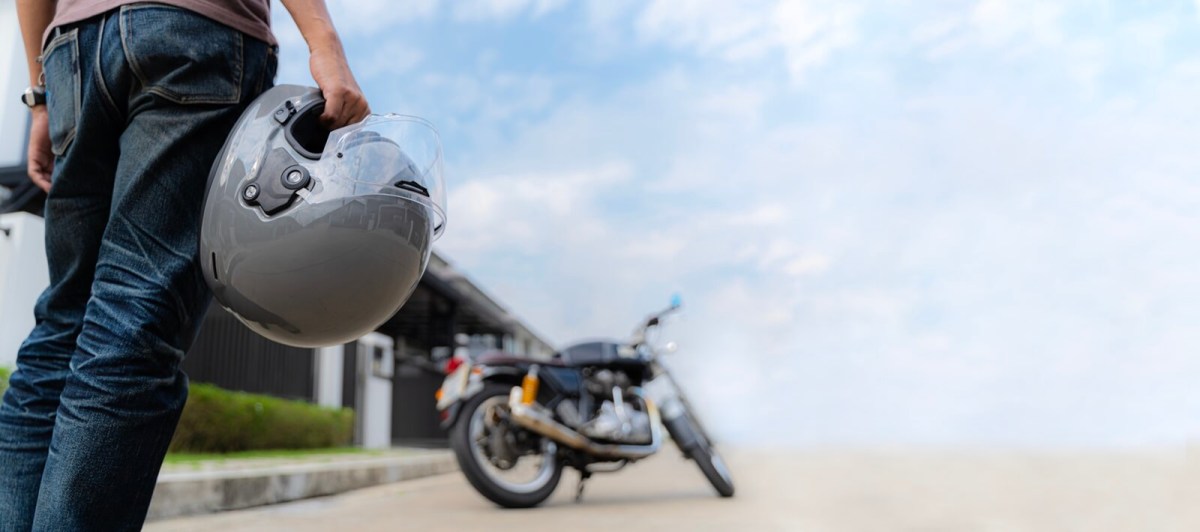And now, let’s delve into the meaning behind one of the most commonly used motorcycle hand signals – the head tap. Motorcycle hand signals are a crucial form of communication among riders, as they allow them to easily convey important messages without having to rely on verbal communication. Each hand signal has a specific meaning, and understanding these signals is essential for safe and efficient communication while riding in a group.
The head tap signal is particularly important, as it often signifies a problem or issue that requires immediate attention. When a rider taps their helmet with their hand, it typically indicates that there is something wrong with their headgear. This could range from a loose helmet strap or visor to a malfunctioning communication device. By using the head tap signal, riders can quickly alert their fellow motorcyclists to the issue and ensure that it is addressed promptly.
In addition to signaling a problem with their helmet, the head tap can also be used to indicate the need for a break or a stop. Riders may tap their helmet to signal that they need to pull over for a rest, to refuel, or to address any other urgent matter. This signal is especially useful when riding in a group, as it allows riders to communicate their needs effectively without causing any confusion or misunderstandings.
To further enhance the effectiveness of the head tap signal, riders can also use additional gestures or signals to provide more context to the message. For example, a rider may combine the head tap with a hand signal for stopping or turning to indicate the specific action that needs to be taken. By using a combination of signals, riders can ensure that their message is clear and easily understood by their fellow riders.
It is important for all riders to familiarize themselves with the various motorcycle hand signals, including the head tap signal, to ensure effective communication while on the road. By understanding and practicing these signals, riders can enhance their safety and overall riding experience. Additionally, being aware of these signals can help riders anticipate and respond to the needs of their fellow motorcyclists, creating a more cohesive and coordinated group riding experience.
In conclusion, the head tap motorcycle hand signal is a key form of communication among riders and is used to signal problems with headgear or the need for a break or stop. By understanding the meaning behind this signal and practicing it regularly, riders can effectively communicate with their fellow motorcyclists and ensure a safe and enjoyable riding experience. So, next time you see a rider tap their helmet, remember that there may be an important message being conveyed – and be sure to respond accordingly.
